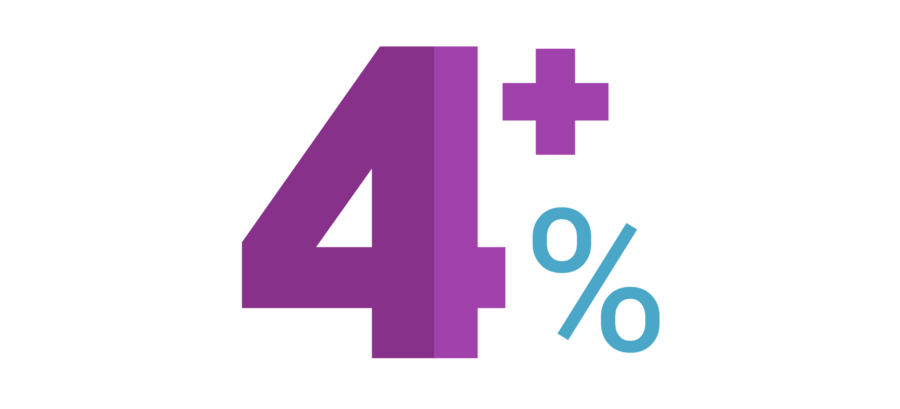
Walgreens Expects to Continue Dividend For Now
Walgreens Boots Alliance (WBA) is one of the few retailers with a Safe Dividend Safety Score. The coronavirus pandemic has forced most businesses to temporarily close, but pharmacies are designated essential services and have therefore remained open, boosting demand for many of their products.
On April 2, Walgreens reported earnings and said it was on track to meet its full-year guidance prior to the virus outbreak. Business conditions improved further during the first 21 days of March as consumers stockpiled on health and wellness products and groceries. Walgreens' U.S. same-store sales grew 26% in this period.
However, after March 21, same-store sales turned negative with the last week of the month running at a mid-teens rate of decline. This happened as more lockdowns went into effect, leading more consumers to stay at home and reduce discretionary spending (beauty, photo, seasonal goods, etc).
Management said that if this trend continues for an extended period, it will "quickly" offset the sales uplift seen in the first 21 days of March.
Walgreens believes April will probably be down, but there will be recovery as inventory works its way out of the system and people start going back to some of their old purchasing behaviors, especially once the lockdown is relaxed.
The full impact of the coronavirus won't be known for months. But for now, management expects the impact to be temporary with recovery trends improving by the end of April.
This expectation, plus the company's solid cash flow generation (free cash flow for the first half of the fiscal year increased nearly $1.4 billion to reach $1.8 billion), gives management confidence to continue the regular dividend for now:
On April 2, Walgreens reported earnings and said it was on track to meet its full-year guidance prior to the virus outbreak. Business conditions improved further during the first 21 days of March as consumers stockpiled on health and wellness products and groceries. Walgreens' U.S. same-store sales grew 26% in this period.
However, after March 21, same-store sales turned negative with the last week of the month running at a mid-teens rate of decline. This happened as more lockdowns went into effect, leading more consumers to stay at home and reduce discretionary spending (beauty, photo, seasonal goods, etc).
Management said that if this trend continues for an extended period, it will "quickly" offset the sales uplift seen in the first 21 days of March.
Walgreens believes April will probably be down, but there will be recovery as inventory works its way out of the system and people start going back to some of their old purchasing behaviors, especially once the lockdown is relaxed.
The full impact of the coronavirus won't be known for months. But for now, management expects the impact to be temporary with recovery trends improving by the end of April.
This expectation, plus the company's solid cash flow generation (free cash flow for the first half of the fiscal year increased nearly $1.4 billion to reach $1.8 billion), gives management confidence to continue the regular dividend for now:
"This is a company that's increased dividends since -- I think has paid the dividend since 1934, and our dividend policy is extremely clear, which is to increase dividends every year. And it's a simplistic policy, but we have no intention of changing that policy in the short term. And this is all on the basis of we believe in the strength and the tremendous work -- tremendous cash flow generation capability of the company." – CFO James Kehoe
Based on what we know today, Walgreens appears to have the balance sheet (BBB credit rating from S&P), cash flow (helps to be one of the few retail locations remaining open), and commitment from management to maintain its dividend during these uncertain times.
However, the severity and duration of the pandemic across multiple markets will ultimately determine how the rest of the year goes for Walgreens. It's still early days.
If government-mandated lockdowns appear likely to extend well beyond the end of April and prevent the firm's revenue from stabilizing, it's possible we would downgrade Walgreens' Dividend Safety Score. Retailers have high fixed costs, so any material and sustained dip in revenue can eat into their profits quickly.
Walgreens' long-term outlook arguably hasn't changed (see our thesis here) and has perhaps even strengthened a bit as the company has had to invest even more in its digital services, home delivery businesses, and drive-through locations.
Investors just have to realize that Walgreens, like many retailers, faces an unprecedented lack of visibility and needs to see a path to revenue stabilizing in order to continue supporting its dividend with confidence. We will continue monitoring the situation.



